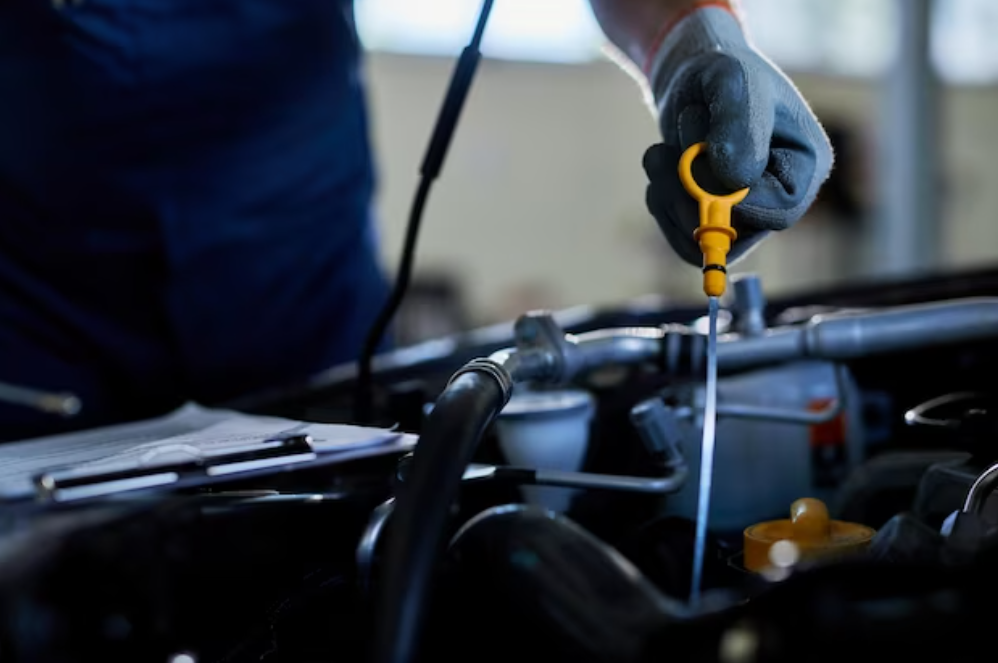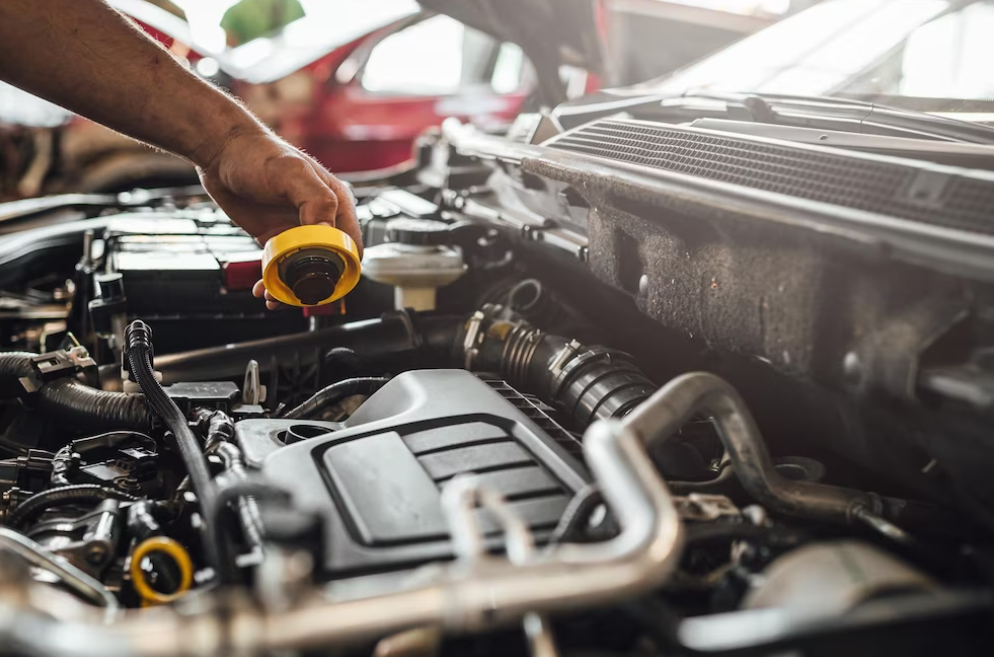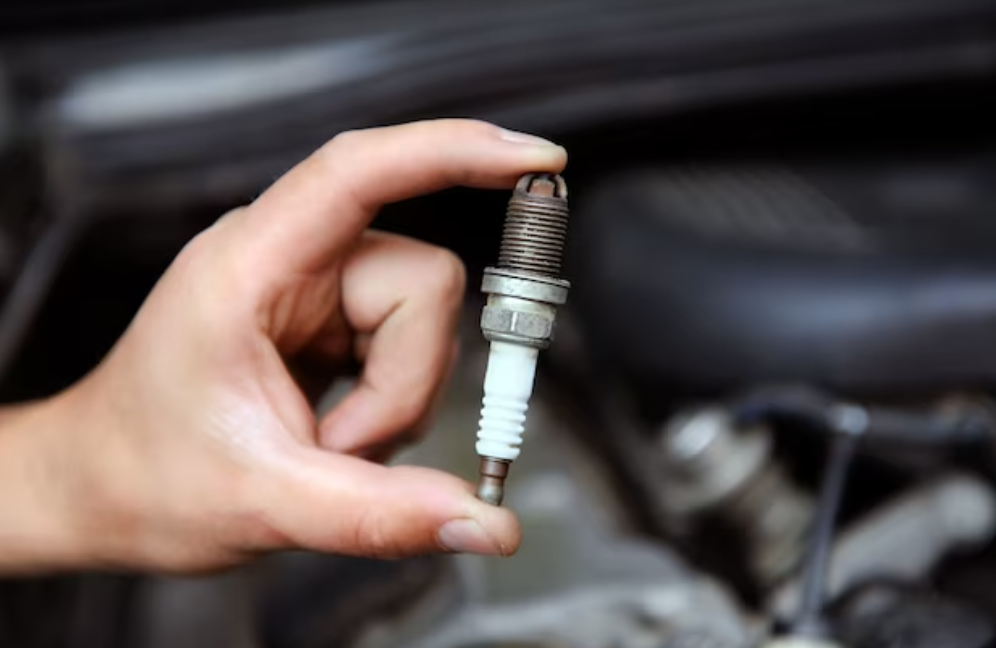A Comprehensive Guide on How to Check Oil Pressure in Your Vehicle
Your car's ability to operate efficiently depends on the oil pressure in the engine. It guarantees that the engine has sufficient lubrication to function properly and is crucial for steering and braking as well. Understanding how to check your car's oil pressure is crucial for both finding leaks or low oil levels and avoiding engine harm from inadequate lubrication. We'll go through how to check the oil pressure on any kind of automobile in this blog article, along with some safety advice. Continue reading to learn more!

What Is Oil Pressure and How Does it Affect Your Vehicle?
The force that propels oil through an engine is known as oil pressure. The oil pump is in charge of maintaining optimum oil pressure and is driven by the engine. The oil pump pulls oil from the oil pan and directs it through essential locations such as the engine block, cylinder head, bearings, and other moveable elements while the engine runs. This oil creates a protective film between these components, effectively minimizing friction and averting direct metal-to-metal contact. Moreover, the oil absorbs and carries away the heat generated by the engine, aiding in temperature regulation.

Regularly checking your vehicle's oil pressure is crucial for proper maintenance. Insufficient oil pressure can lead to severe engine damage. It is essential to prioritize regular oil pressure checks to ensure optimal and safe vehicle performance.
The primary method for checking oil pressure involves utilizing an oil pressure gauge. This gauge is typically located on the dashboard and connected to an oil pressure switch. The switch constantly monitors the oil pressure within the engine and issues a warning if it falls below the acceptable range. If the gauge indicates low oil pressure, it is imperative to promptly take your vehicle to a mechanic for a thorough inspection and service.
By diligently monitoring your oil pressure at regular intervals, you can guarantee that your vehicle operates at its best while ensuring safety on the road. Understanding the process of checking oil pressure is a fundamental aspect of vehicle maintenance and should never be neglected.

Here are some common oil pressure issues and troubleshooting steps:
Low Oil Pressure:
- Check the oil level: Ensure that the engine has an adequate amount of oil. If the oil level is low, add the recommended oil type and quantity.
- Inspect for oil leaks: Look for any visible signs of oil leaks, such as puddles under the vehicle or oil stains on the engine. Address any leaks by replacing faulty gaskets, seals, or damaged components.
- Check the oil pump: A failing or worn-out oil pump may result in low oil pressure. Consult a mechanic to inspect and replace the oil pump if necessary.
- Inspect the oil filter: A clogged or dirty oil filter can restrict oil flow, leading to low oil pressure. Replace the oil filter if it is overdue for maintenance or appears excessively dirty.
High Oil Pressure:
- Verify the oil viscosity: If the oil viscosity is too thick, it can increase oil pressure. Ensure that the oil being used matches the recommended viscosity for your vehicle.
- Check the oil pressure relief valve: A malfunctioning oil pressure relief valve can cause high oil pressure. Consult a professional to inspect and replace the relief valve if needed.
- Inspect the oil passages: Clogged or restricted oil passages can result in increased pressure. Have a mechanic clean or clear any obstructions in the oil passages.
Fluctuating Oil Pressure:
- Inspect the oil pressure sending unit: A faulty oil pressure sending unit may cause erratic readings on the oil pressure gauge. Replace the sending unit if it is malfunctioning.
- Check the oil pressure gauge: A malfunctioning gauge can provide inaccurate readings. Have the gauge tested or replaced if necessary.
- Inspect for oil foaming: Excessive oil foaming can lead to fluctuating oil pressure. This can be caused by overfilled oil, aeration due to mechanical issues, or using the wrong type of oil. Adjust the oil level, address mechanical problems, or switch to the correct oil as needed.
-
What should I do if the oil pressure reading is too low?
If your oil pressure measurement is routinely lower than the permitted range, you should get your vehicle evaluated by a certified mechanic. Low oil pressure might signal a number of problems, including a low oil level, a broken oil pump, or engine wear.
-
Can I drive my vehicle if the oil pressure is low?
Driving with continually low oil pressure is not advised since it might harm the engine. In order to prevent more issues, it is important to treat the problem right away.
See another review here: The 10 Best Baby Car Seat Covers Of 2023













